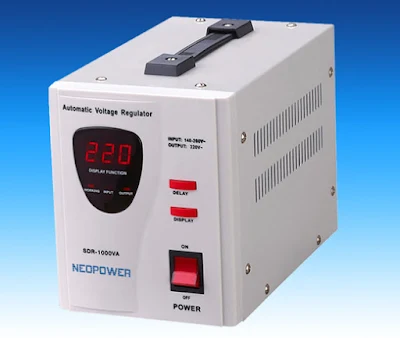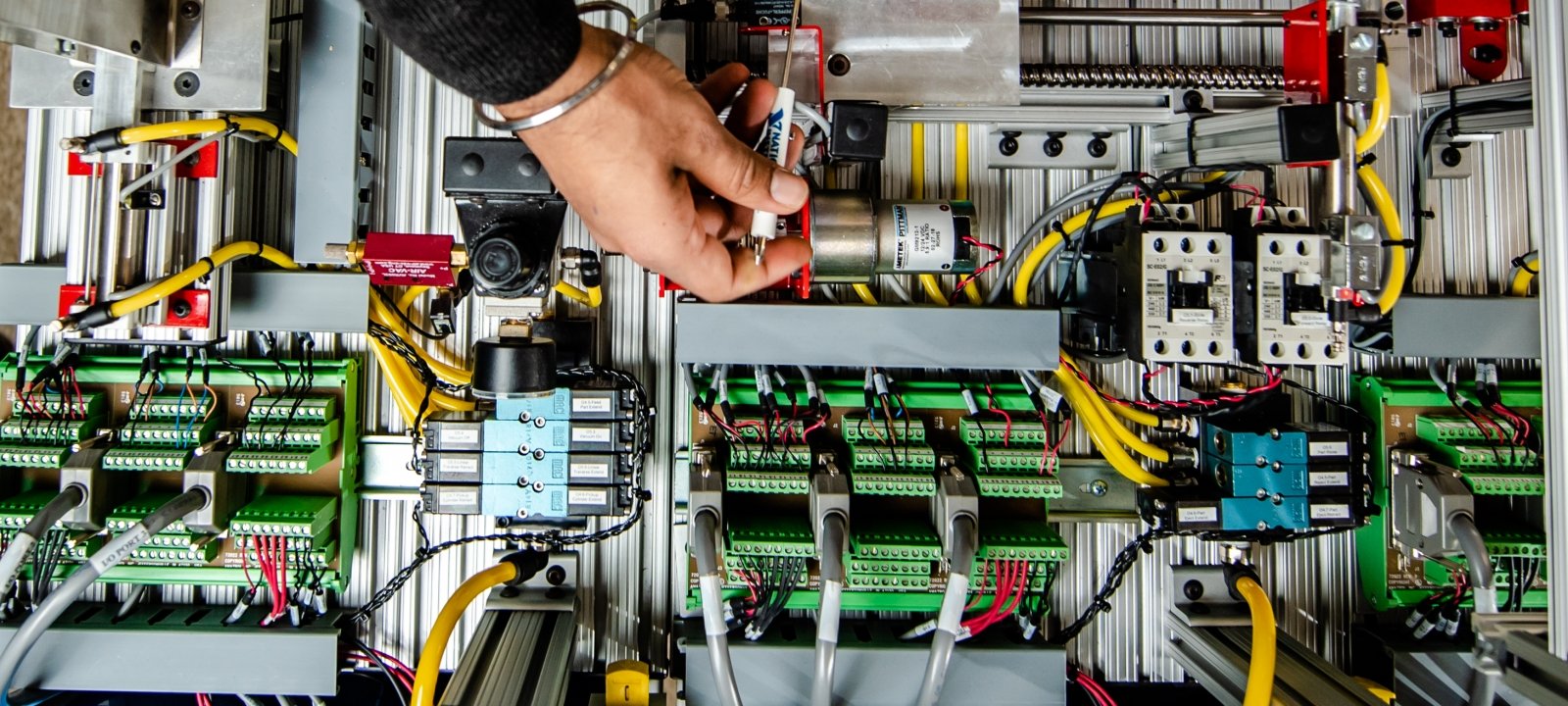We will explain how to connect two or more generators in the electrical network:
It is known that generators run parallel to the grid when they are connected.
In the beginning, it is necessary to know the synchronization conditions between the electric generators:
Since the speed of the rotor must be constant to keep the frequency constant, and since the number of turns is constant, If to adjust the value of the voltage coming out of the generator, the current of the magnetic field must be controlled, and this is done by a device
AVR is an automatic voltage regulator, which increases the field current when the generator output voltage decreases ,It reduces the field current when the generator voltage is increased in order to keep the output voltage constant (eg 380 volts).
It is known that generators run parallel to the grid when they are connected.
In the beginning, it is necessary to know the synchronization conditions between the electric generators:
1- The voltage of the generators is equal to:
There are factors that affect the voltage output of generators, the most important of which are:- Rotor speed.
- The number of turns of the field coils of the rotor.
- The current of the magnetic field is responsible for generating the magnetic flux.
Since the speed of the rotor must be constant to keep the frequency constant, and since the number of turns is constant, If to adjust the value of the voltage coming out of the generator, the current of the magnetic field must be controlled, and this is done by a device
AVR is an automatic voltage regulator, which increases the field current when the generator output voltage decreases ,It reduces the field current when the generator voltage is increased in order to keep the output voltage constant (eg 380 volts).
 |
Automatic Voltage Regulator |
Automatic Voltage Regulator
2- The frequency of the current coming out of each generator is equal to:
We know that frequency depends on two main factors, namely the number of poles and the speed of rotation of the rotor. Since the number of poles
fixed, so we control the frequency coming out of the generator by controlling the speed of the rotor (shaft) and the speed of the generator is controlled
Rotor through the amount of fuel burned to reach the desired frequency.
The first process that takes place is called Flooting:
It means that the generator is not fully loaded (No Load) and operates at the lowest cost so that the steam cycle process is completed for the generator to operate.The second phase :
In which the voltage of the electric generator Eg is gradually raised to reach its highest capacity, which is at a difference between the two angles = 90.That is, the electrical vector of the generator is completely identical to the electrical vector of the complete system.
Wave Of Generator = Wave Of System
If any wave is different, even if it is slightly different from the other, i.e. there is a distance between the two waves (Shift)
We find that this Shift will increase until it is reversed and becomes Peak to Peak and the Power will be very, very high.






0 Comments